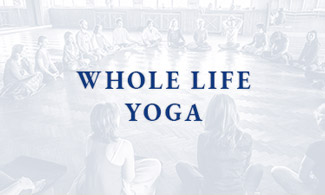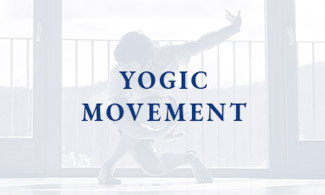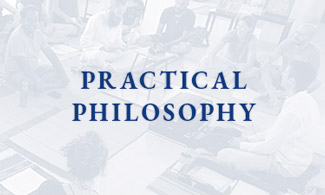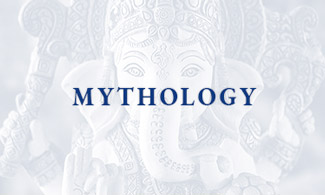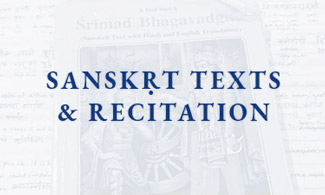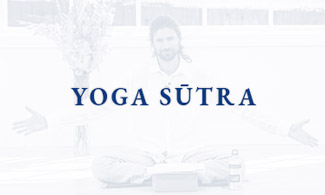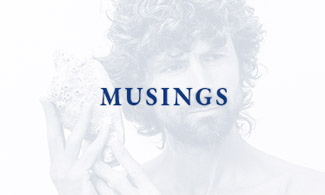
Killing Me Softly
I heard he sang a good song, I heard he had a style
And so I came to see him, and listen for a while
And there he was this young one, stranger to my eyes
Strumming my pain with his fingers
Singing my life with his words
Killing me softly with his song
In a certain sense, yoga asks that we ‘kill ourselves’, that we ‘chop off our own heads’. When we recognise that we are not living in as integrated way as we might, and we’d like to do something about it, we can represent this as ‘dying’ to limitation so as to be ‘born again’ in a fuller realisation of our truer selves.
Yoga begins when we own that we do not know, that we don’t quite have it all figured out, when we recognise that we are not living in as integrated way as we might, and that we could do something about it. Stated another way, we might say that yoga asks us to make ‘killing ourselves’ a practice. Not in a violent way, but softly, gently even, shedding the skins that no longer fit, that no longer allow the appropriate expression of our soul’s essence, so as to make space for a wholler self to emerge.
This process is represented and encoded symbolically in many spiritual traditions. It is one of the symbolic teachings of Jesus dying on the cross. At Golgotha — place of the skull — where the blood from the crown of thorns runs down to the roots of the earth, Jesus is crucified and Christed. His limiting sense of himself is dissolved in the recognition of his indwelling divinity and he rises again in Christ-consciousness. Amidst the symbolism of the cross is also that of the place of yoga, where are resolved all polarities and where all pairs of opposites meet and draw forth each other’s complementary potential. One example from the yoga tradition is Vināyaka having his head chopped off to become Gaṇeśa.
These archetypal representations are dramatic and memorable. They are often distilled into condensed, symbolic renderings, but they encode an ongoing and cyclical process. Yoga is a practice, we have to keep doing it. And anything we are going to keep doing for the long haul, we have to learn to be able to do it softly, gently almost, in a sustainable, nourishing way. Steadily, we invite more and more recognition of our deathless essence. Eventually, we reside in the recognition beyond limited identity.
Yoga, always practical, recognises that we learn from the pairs of opposites. Imbalances teach us about balance. The experience of discord can help us tune to our true centre. Yes, we can learn from pain and from the hard times but we can also learn from pleasure and good times.
Life is short, but yoga plays the long game. This is time-tested wisdom, not the one-step-forward-two-steps-backwards of the Babylon system. One leap forward, several steps backward is inefficient. Of course, those superficially unprecedented steps forward and those eye-catching, attention-grabbing, miasma-inducing leaps forward can be very distracting-beguiling-deluding, but if we want genuine change, lasting transformation, then it’s slow and steady wins the race. Which is why we have to ‘kill ourselves’ softly. Why we have to invite the transformation of the accustomed, previously established mind-ego complex identity to dissolve, relatively speaking, ‘pleasantly’.
I heard he sang a good song, I heard he had a style
And so I came to see him and listen for a while
We need to listen, not just for a moment, but for a sustained, long while. Constancy and steadiness are foundational in yoga. One thing this means is that the discipline of practice needs to come from love, from alignment, from congruence. If it is forced, it will likely break and falter under duress, will likely be forgotten or neglected when things are going really well. Practice has to be what we feel genuine devotion for.
Practice works because it is its own reward. When we invite ourselves into a place of deeper joy and greater being, it brings forth an affirmative quality. When we experience greater congruence, the tendency or previous habit of incongruence is shown and proven to be less than optimal, less than healthy, less than satisfying, in the direct view of our integrated system. With this direct experience, we come to know now that a different way of feeling and experiencing is possible. What we need next is to continue inviting this type of experience. The clinging to previous habits is likely linked to survival instincts and the protecting of old wounds. To overcome that we need to build confidence, trust and faith. Regularity, constancy, steadiness is the recipe for this.
It is not that we are conning ourselves, rather, exposing ourselves, regularly, to new possibilities, to new vistas of being. We may begin dipping our toes in the water — mmm, it’s alright — we start going in deeper, up to our knees, up to our waist, up to our necks. After a while, putting our heads in feels more tempting than intimidating. With continued regularity and steadiness, we come to a point where we dive in freely and continue to invite our whole being to be infused with the flavour of savoured, lived, integration: the type of experience which slowly, steadily, softly ‘kills’ off more and more of our limiting, divisive, false beliefs, which acclimatises us to the mystery of the deep, that helps us learn to breathe easy in the not knowing that is intrinsic to our human condition, while opening us up more and more to the oceanic perspective that is our innate potential.
I have also previously spoken on this theme in the YOGA Top 40 on the jamesboagyoga youtube channel.
Photo credit @julialehmanfineart
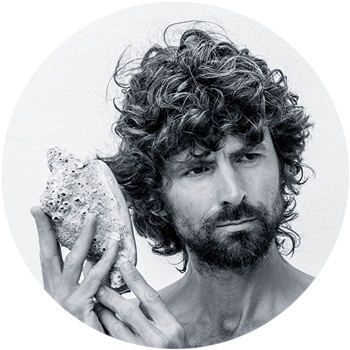
James Boag | Whole Life Yoga
The yoga of the whole human being. Practical philosophy, storytelling, movement, inquiry, looking in ways that reach beyond our habitual ways of looking.
Listen to James’ unique whole life yoga perspectives on the WHOLE LIFE YOGA podcast.

